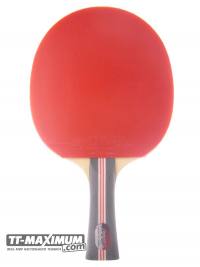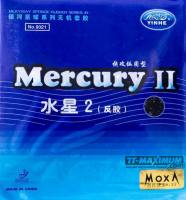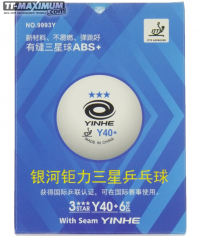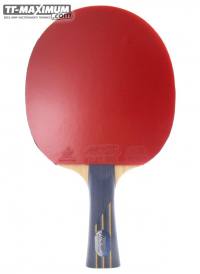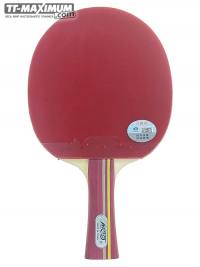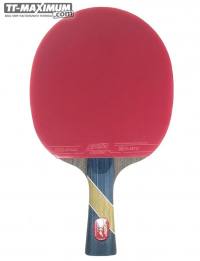On Grip Adjustments
This article is not about big variations from a standard grip or weird alternative grips (which are often wrong, like holding the racket as you would hold a flyswatter), but small changes and variations from the "scholastic grip". This article is centered to the shakehands grip, but some ideas behind this writting can be applied to other grip types.
I'm assuming that you already know what is a 'proper' shakehands grip.
Why Grip Adjustments Are So Good
A player's overall style, and his strengths and weaknesses, are greatly influenced by how he grips the racket. Some control players have a BH oriented grip (as Kong Linghui), while others have a more 'neutral' grip (as Samsonov). All-out FH power loopers often have a FH oriented grip (as Gatien), but some others, specially those with powerful BHs, do some slight adjustments (Primorac).
Some players who excel in touch and control (Waldner, Kong again) adjust his grip slightly when playing one wing or the other, and/or to play some specific stroke (let's say using a different grip for flips than for pushes). Some defensive players (mostly choppers like Matsushita, Chen Xinhua) adjust a lot his grip to match lots of factors. Changing your grip during a rally allows you to play better strokes (as you are picking a grip that suits the stroke you are going to play).
Picking A Grip
You have to choose your own grip(s) for yourself. However, since you don't know how to play the proper strokes when you are developing, you could have learnt to play using a wrong grip (or maybe not the best choice for your style and strokes). Now that you can play (let's say that you have developped a more consistent and solid game), maybe you could think in trying some new grip. This is a problem because once you have built your own game, you don't want to go one step back to re-learn some strokes. Well I believe that if you do, you could move up a level, since a slight grip adjustment can have a great amount of influence on your overall game.
How To Experiment With Grip Adjustments
My advice is that you experiment with variations on your regular grip, specially if you got a stronger side. Do so hitting ALL possible strokes (this is extremely important: Do not only loop when trying a new grip!), and of course try the grip from both wings. Rationalize which grip benefits you the most, and why. Know the advantages and disadvantages of any grip you are using. You can choose one grip for FH and another for BH. Or one for looping, one for pushing and one for blocking, whatever you feel more comfortable with. You could find yourself with a comfortable BH fish when off the table, or an unsuspected skill to flip those short balls.
Adjusting Your Grip
Any grip alteration you go for, should be slight, and not noticeable by your opponent unless he's watching very close, and took as little time as possible. Changing the fingers' pressure on the handle of the racket should be enough for most grip adjustments. You can move slightly your thumb and index finger up and down the blade and handle, and do adjustments on racket angle to favor one wing or the other.
Defensive players have such wide variation on style and equipment that a wing (or a stroke) could be favored either by a 'closed racket angle' or by an 'opened racket angle', but in general, and for most players, you favor one wing when you adjust your grip so you are closing the blade for the strokes on that wing.
Possible Weaknesses When Playing With Grip Adjustments
Changing the grip doesn't have any disadvantage, if you are never caught with the wrong grip. This is easily accomplished if you manage to adjust your grip in the backswing of the stroke, so it comes in a natural manner, and it's automatic. You don't want to be thinking on your grip during actual play.
If you choose to change your grip during play, just make yourself sure that the change doesn't have any inherent weakness.
If you find yourself thinking in how to grip the racket during a match, maybe you shouldn't be changing your grip (or you need to improve your grip change technique).
Be aware that certain changes in your grip can result in adjustments to your strokes, footwork, distance from table you play, timing of ball contact, how do you deal with elbow or wide angled balls, and your shot selection and placement. You should go for a grip that offers you the widest tactical selection, the most consistent shots and the best well-rounded play.
Also be cautious when experimenting, since you could hurt your wrist when trying hard shots with a gymmick grip.

